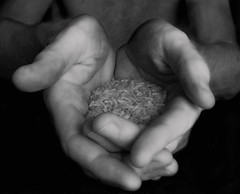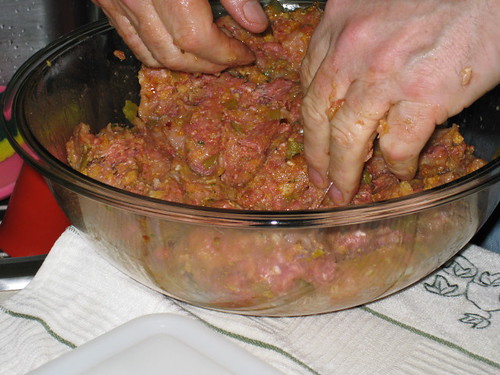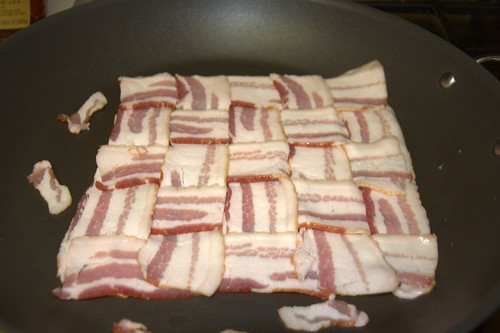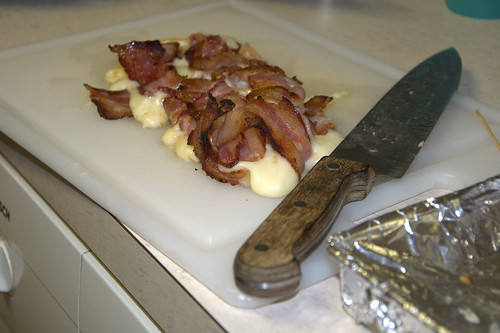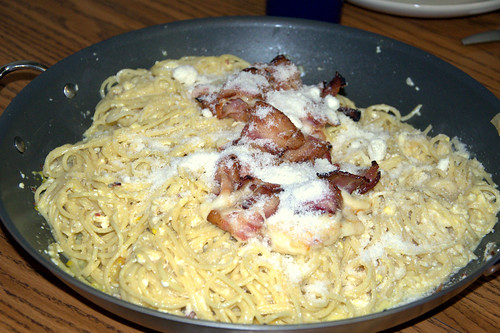
Last week, the average low temperature around these parts was 28°F. Not absolutely frigid, but not exactly warm either. This, my friends, is stewing weather.
I will confess up front, however, that I did not make any stew this past week. Nope. Not me. But I did eat some! Big T. made it, and he declared it his best beef stew in a long while, and perhaps his best beef stew ever. I will also confess right here and now that these pictures are not from Big T.'s best ever beef stew of last week, but rather from a beef stew I made last year. Yup, this post has been waiting a year to be written, and here I am.
And, I guess while I’m pouring my heart out, I should further confess that I really don’t like beef stew all that much. Yeah. Sorry, Big T. Beef stew is a little too rich, too hearty, too…..masculine for me. I just can’t appreciate the in-your-face meat-and-potatoes heaviness of it. I like all of the ingredients on their own and in various combinations, but it seems when they are all dumped into the same pot, I just don’t enjoy it. Therefore, when I’m making beef stew, I do a few things to cut the richness and overwhelming beef flavor.
I don’t really have a recipe for beef stew. I think any logical combination of meat and vegetables works in some way, and I still haven’t found any amazingly earth-shattering mélange. However, there are a few ingredients and a few techniques that I will apply to every beef stew I make.
I start by trimming any excessive or hard fat from the meat. The longer I plan on stewing, the bigger the pieces of meat. I want them tender, but not stringy and devoid of all texture. What kind of meat? Ideally, chuck roast, but almost anything will work. Then, I heat up some oil in a heavy Dutch oven (oven-safe). I season the meat with salt and pepper, maybe a little garlic powder, and flour it lightly. I brown it until it looks delicious and perfect, working in as small of batches as is necessary to accomplish this task. Sometimes the browning alone takes nearly an hour. I remove all the meat from the pan and then sweat some onion, garlic, carrot, and whatever other aromatics I plan on using for my broth. Next, it’s time to brown the tomato paste. Yep, tomato paste. Always tomato paste. There is no better way to add dimension to a stew or braise than with tomato paste. It does some umami magic and stew without tomato paste isn’t worth eating. (Again, sorry Big T.) Once the tomato paste is a gloriously rusty shade of brick, I deglaze with some red wine. This is essential. It adds acidity and brightness to the overall dish, and a great fruity quality. Yum. The meat goes back in, and I add beef stock or, much more likely, water to cover. Not too much! Just cover the meat. I add a bay leaf and maybe some thyme and bring to a simmer. Then it goes in the oven. You preheated your oven, right? I like a temperature of about 250-275°F. It doesn’t matter as long as it’s not too high. I figure the stew will simmer at an internal temperature of 212°F-ish, but the oven needs to be a little warmer. The great thing about stewing in the oven is that you don’t really need to stir. I still do, every hour or so to make myself feel important, but there’s not really any risk of burning and the heat is infinitely more even than you can achieve on the stove. I let the stew simmer in the oven for 2 hours or until the meat is just about at the desired level of tenderness.
While the stew is….erhm…stewing, I cut up the vegetables I want in the stew. The aromatics I added earlier will basically be mush and have given all their flavor to the broth. I don’t really strain them out, but I do add some fresh stuff for textural reasons and for brighter flavors. I pretty much always do carrots and potatoes, but sometimes add corn, string beans, peas, etc. Put the vegetables in the pot when the meat is nearly done, add more liquid if necessary to just cover everything, and put the pot back in the oven.
Next, and this is a requirement for me, fill a big ole pot with water and set it on high heat. This, my friends, is for the EGG NOODLES. Stew, for me, is mostly an excuse to eat egg noodles. By the time the water boils and the noodles cook, the vegetables you added to the stew should be just about done. If you want larger chunks of vegetables, you may need to adjust your timing for the egg noodles, but whatever you do, don’t forget the EGG NOODLES! Big T. forgot the egg noodles.
If you wish, thicken the stew with flour or cornstarch dissolved in cold water. Just mix a tablespoon or two with the water and slowly add to boiling stew. Make sure to stir as you add your starch of choice. I bet blending some potatoes would thicken the stew up too. I should try that.
Anyway, put a little butter on your noodles and then pour on a ladle of stew. Have a glass of red wine and compliment yourself on your delicious stew. Then, declare it the best you’ve made in a long time, and perhaps your best stew ever.
































